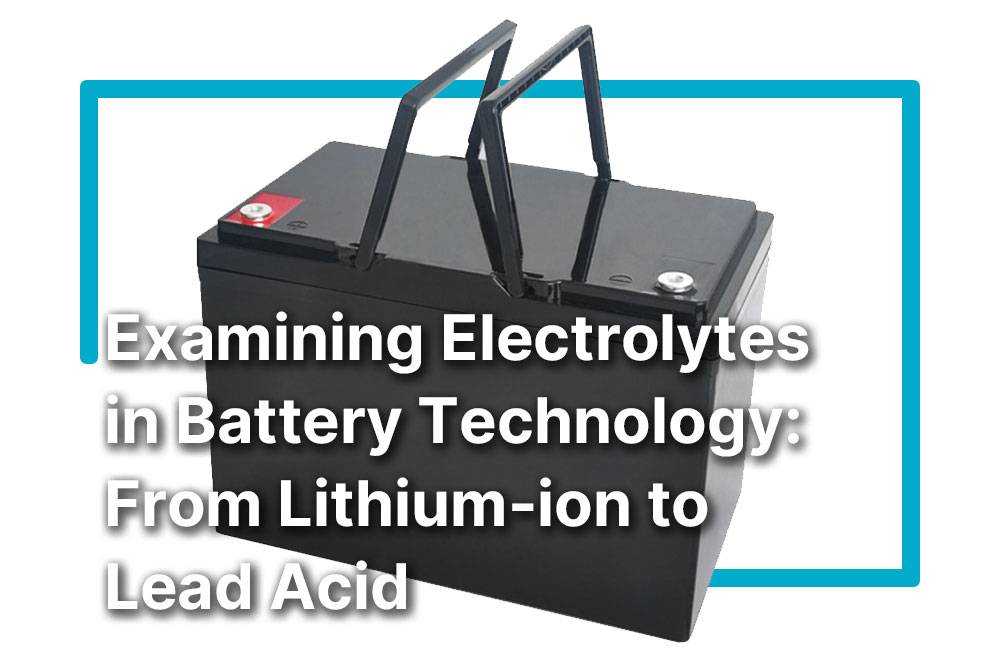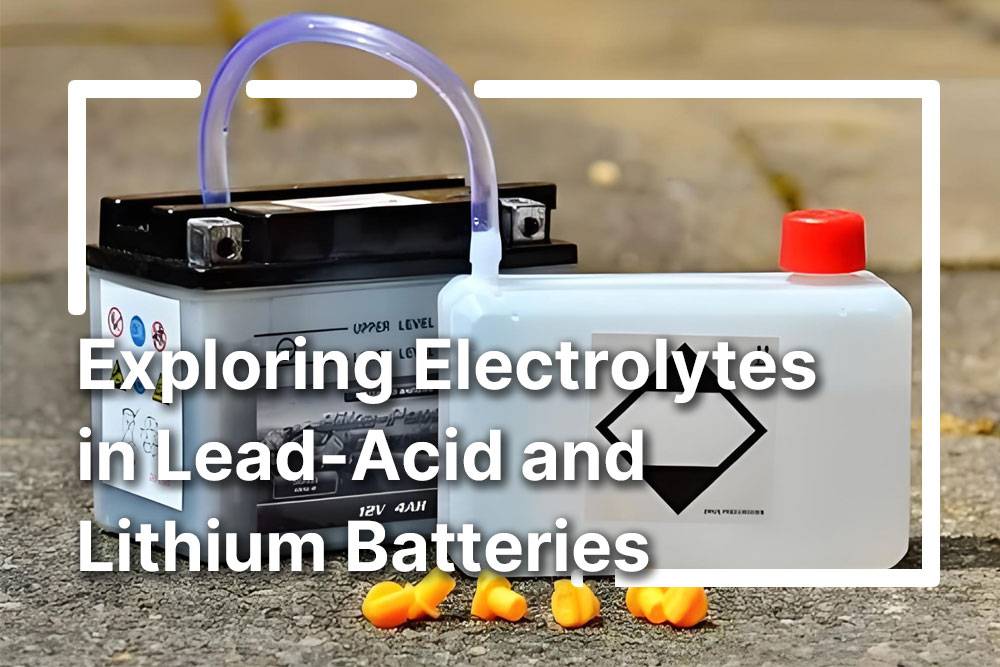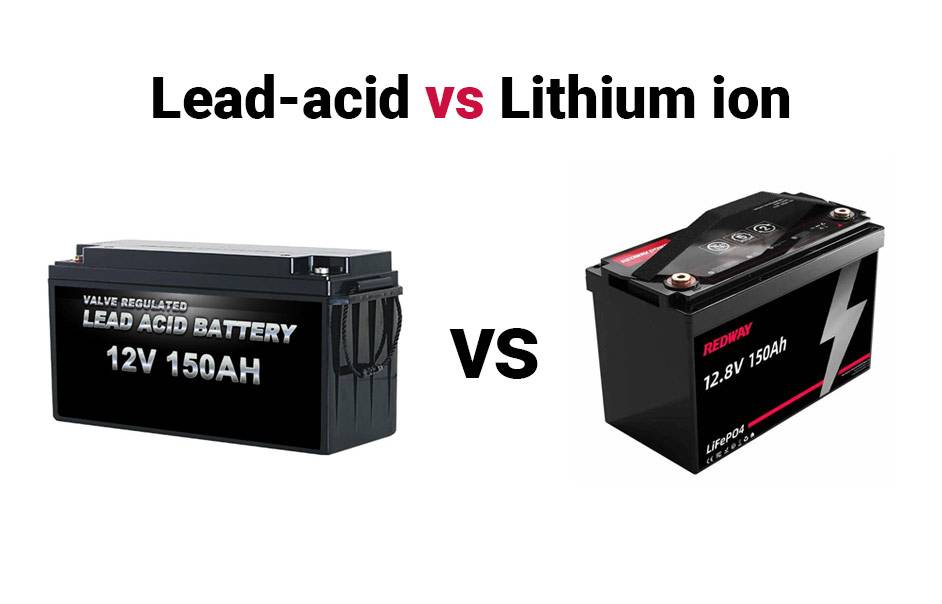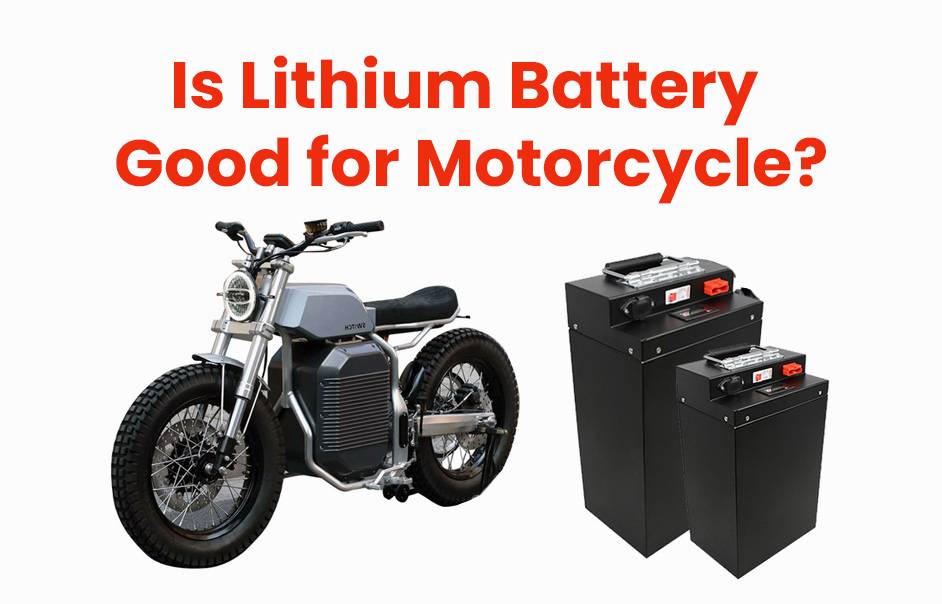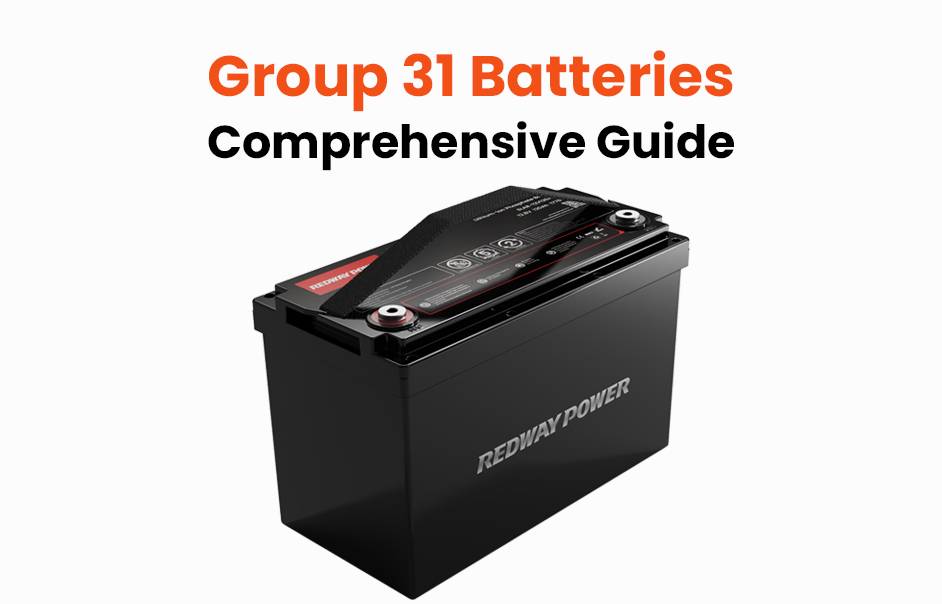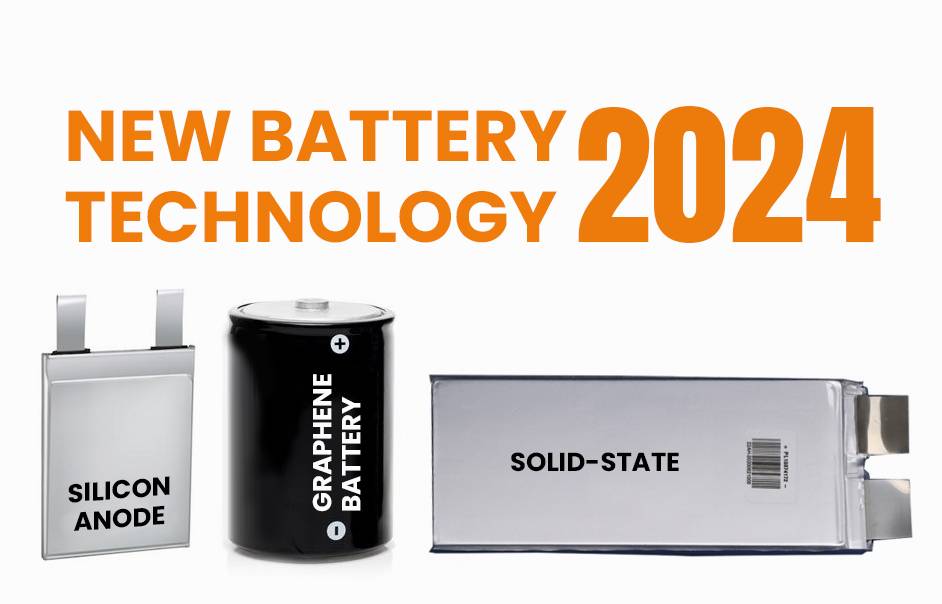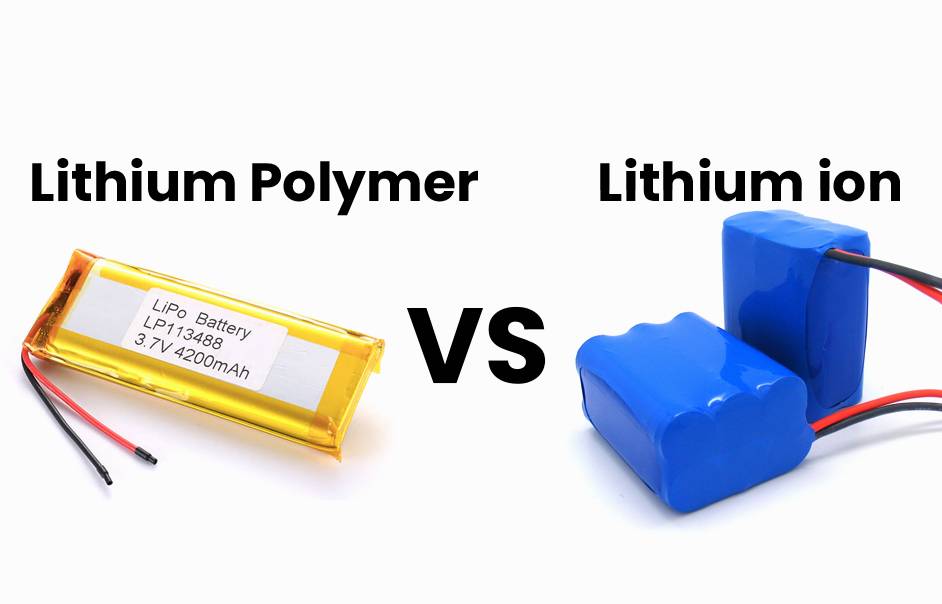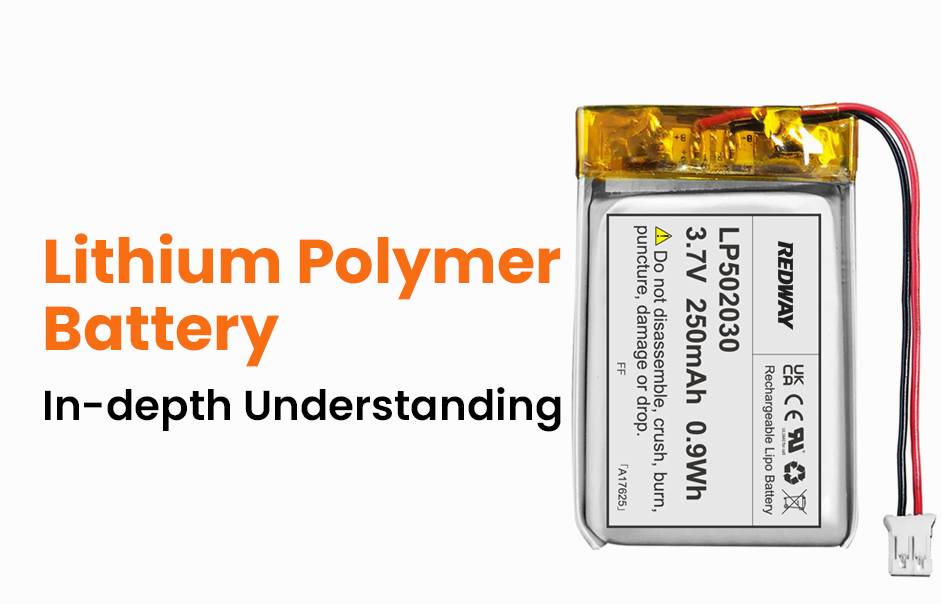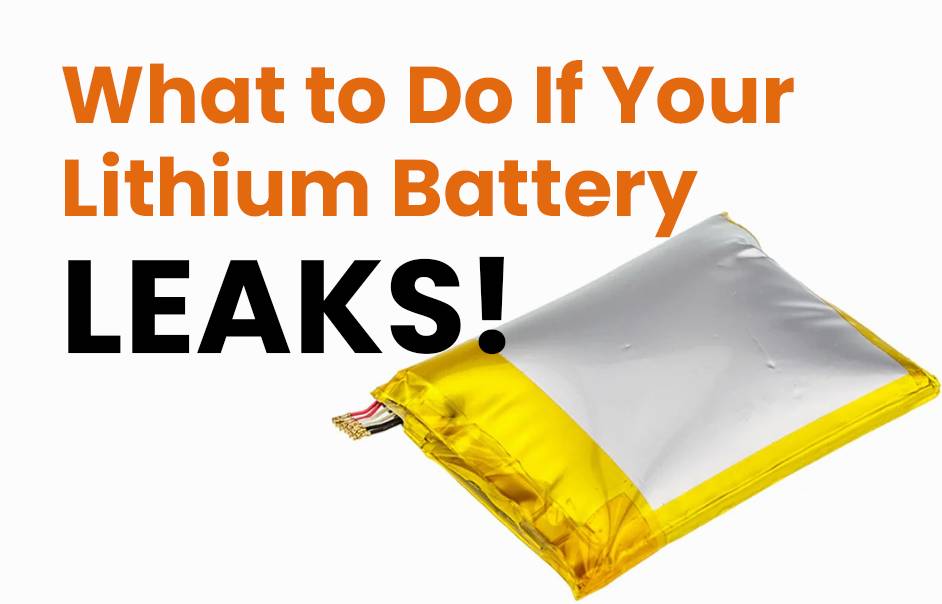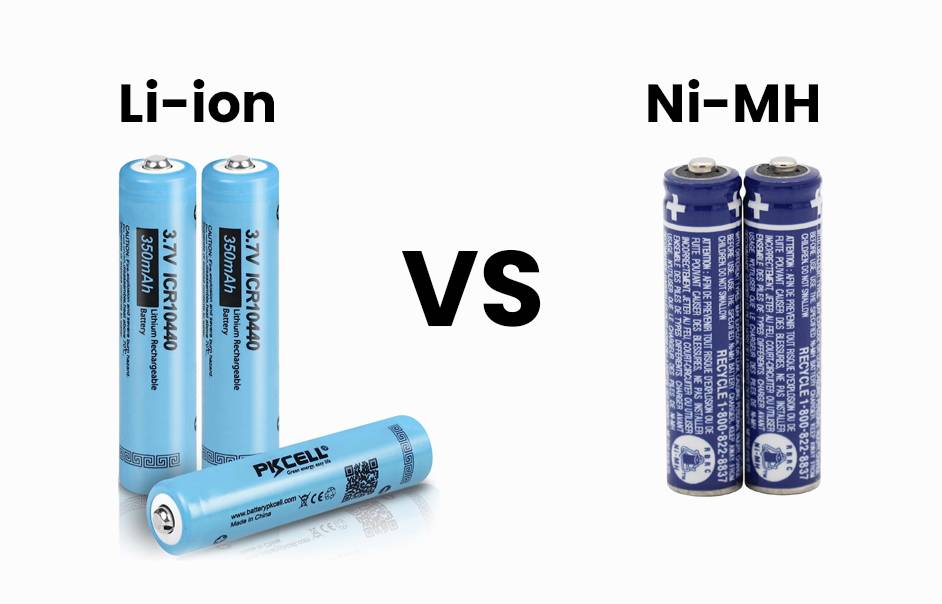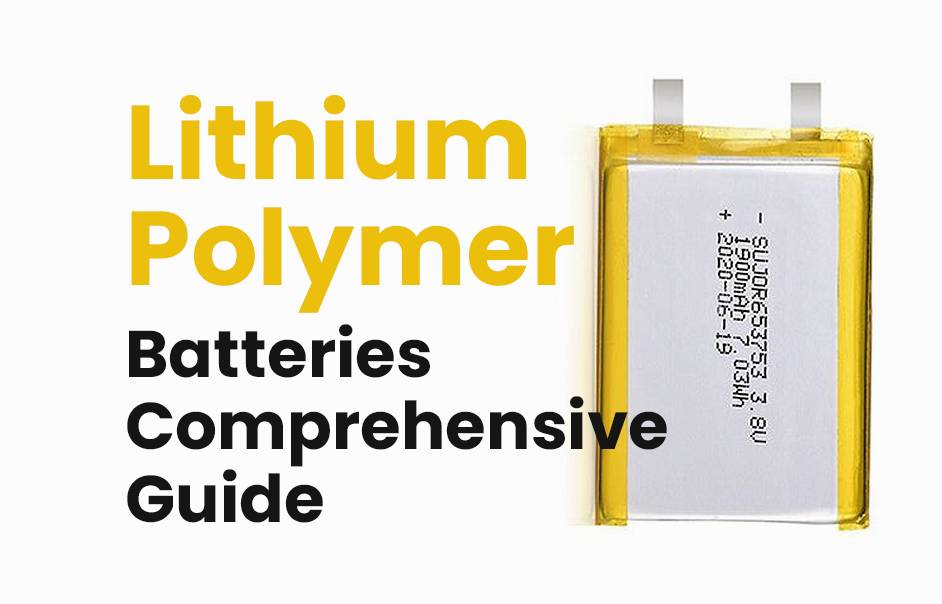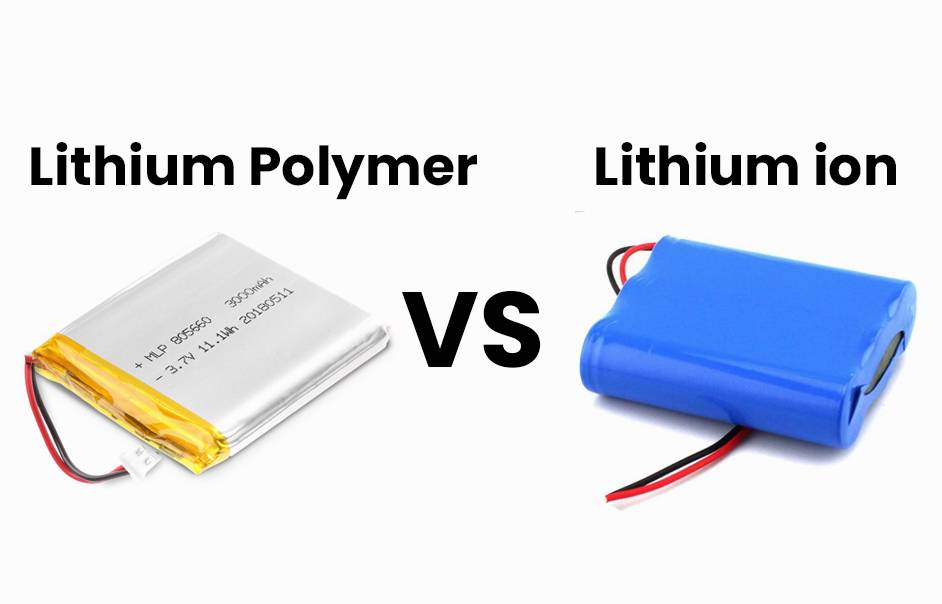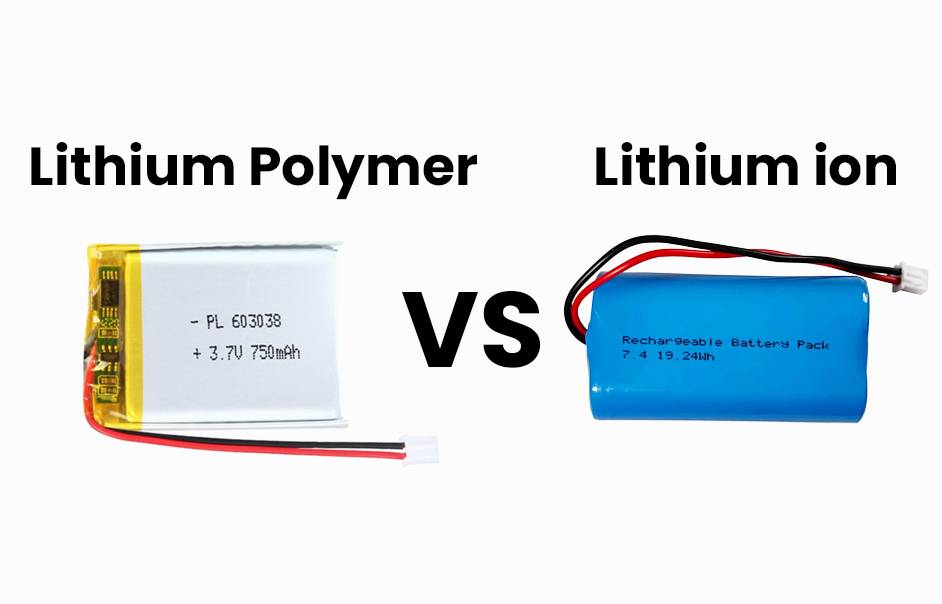In the realm of battery technology, electrolytes are essential for performance. Different types suit different batteries; for instance, lithium-ion batteries use lithium salts dissolved in solvents. Understanding electrolytes is like solving a puzzle, vital for ensuring batteries power our devices efficiently and reliably.
Types of electrolytes used in batteries
When it comes to batteries, the electrolyte used is super important for how well they work. In lithium-ion batteries, they use a special liquid with lithium salts dissolved in it to help ions move around. For lead-acid batteries, they use sulfuric acid to transfer electrons between the battery’s parts. Each type of battery needs its own kind of electrolyte to work best.
Understanding batteries is like solving a puzzle. Let’s break it down:
1. Importance of Electrolytes: Think of electrolytes as the puzzle pieces that make batteries work. They’re crucial for how well the battery functions.
2. Different Types for Different Batteries: Just like different puzzles need different pieces, different types of batteries need different electrolytes. For example, lithium-ion batteries use one kind, while lead-acid batteries use another.
3. Matching the Right Pieces: To make sure the battery works perfectly, it needs the right electrolyte. Using the wrong one can mess up the whole puzzle!
With the right electrolyte, batteries can power our devices efficiently and reliably.
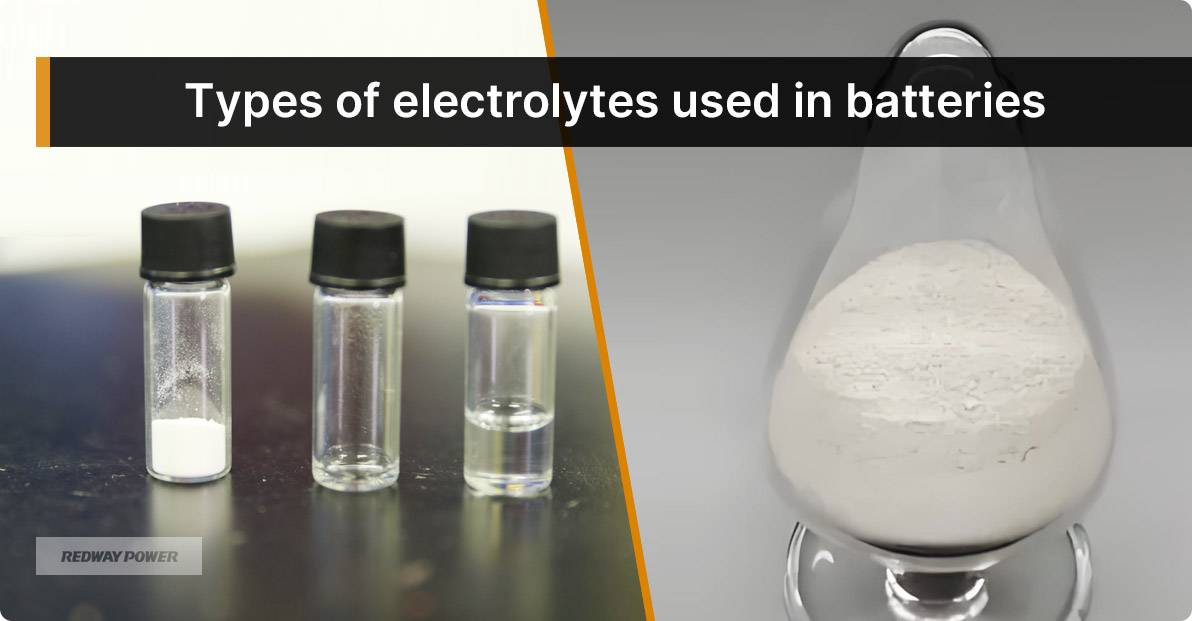
What is the role of the electrolyte in lithium-ion batteries?
The electrolyte in lithium-ion batteries is super important. It helps ions move between the battery’s parts, allowing electricity to flow. This makes charging and discharging happen smoothly, creating electrical energy. Plus, it stabilizes chemical reactions, making the battery last longer and work better. Without it, lithium-ion batteries wouldn’t be able to store energy efficiently or function properly.
Understanding how lithium-ion batteries work is like piecing together a puzzle. Let’s simplify it:
1. Essential Role: The electrolyte is like the glue holding the puzzle together. It helps ions move around inside the battery, which is crucial for generating electricity.
2. Smooth Operation: Think of the electrolyte as the oil in a machine—it keeps things running smoothly by allowing for easy charging and discharging of the battery.
3. Longevity Booster: Without the electrolyte, the battery wouldn’t last long. It stabilizes chemical reactions, ensuring the battery stays strong and reliable over time.
With this knowledge, you’ve unlocked the secret to how lithium-ion batteries keep our gadgets powered up!
How does lithium methanesulfonate function as a battery electrolyte?
Lithium methanesulfonate boosts battery performance by facilitating faster ion movement, improving efficiency. Its enhanced stability and compatibility with different materials prolong battery lifespan, while its wide temperature range ensures consistent performance. This lesser-known electrolyte is key to advancing battery technology for better efficiency and sustainability.
Lithium methanesulfonate, a lesser-known player in the realm of battery electrolytes, packs a punch when it comes to enhancing performance. Its role is crucial in facilitating the movement of lithium ions between the cathode and anode within lithium-ion batteries. This unique compound helps improve battery efficiency by enabling faster ion transport.
Unlike traditional electrolytes, lithium methanesulfonate boasts enhanced stability and compatibility with various electrode materials. This characteristic contributes to prolonging the lifespan of batteries while maintaining high energy density levels. By reducing side reactions that can lead to degradation, this electrolyte promotes long-term reliability in battery operation.
Furthermore, its ability to operate over a wide temperature range makes it ideal for diverse applications where consistent performance is essential. Lithium methanesulfonate serves as a valuable ingredient in pushing the boundaries of battery technology towards greater efficiency and sustainability.
What components constitute the electrolyte in a lithium-ion battery?
In lithium-ion batteries, the electrolyte has key components for its performance. It includes lithium salt, which helps ions move between the battery’s parts, enabling electricity flow. The solvent, usually made of organic carbonates, dissolves the lithium salt, aiding ion movement. Additives like conductive salts or stabilizing agents may improve conductivity and battery life. These components work together for efficient energy storage and discharge.
When it comes to understanding how lithium-ion batteries work, it’s important to know about their electrolyte. Let’s break it down:
1. Lithium Salt: This is like the conductor in a battery orchestra. It helps ions move between different parts of the battery, allowing electricity to flow smoothly.
2. Solvent: Think of this as the water in a lemonade. It helps dissolve the lithium salt and makes it easier for ions to move around.
3. Additives: These are like secret ingredients in a recipe. They can make the electrolyte work even better by improving its conductivity and making the battery last longer.
All these components work together to make sure your gadgets have the power they need to keep going!
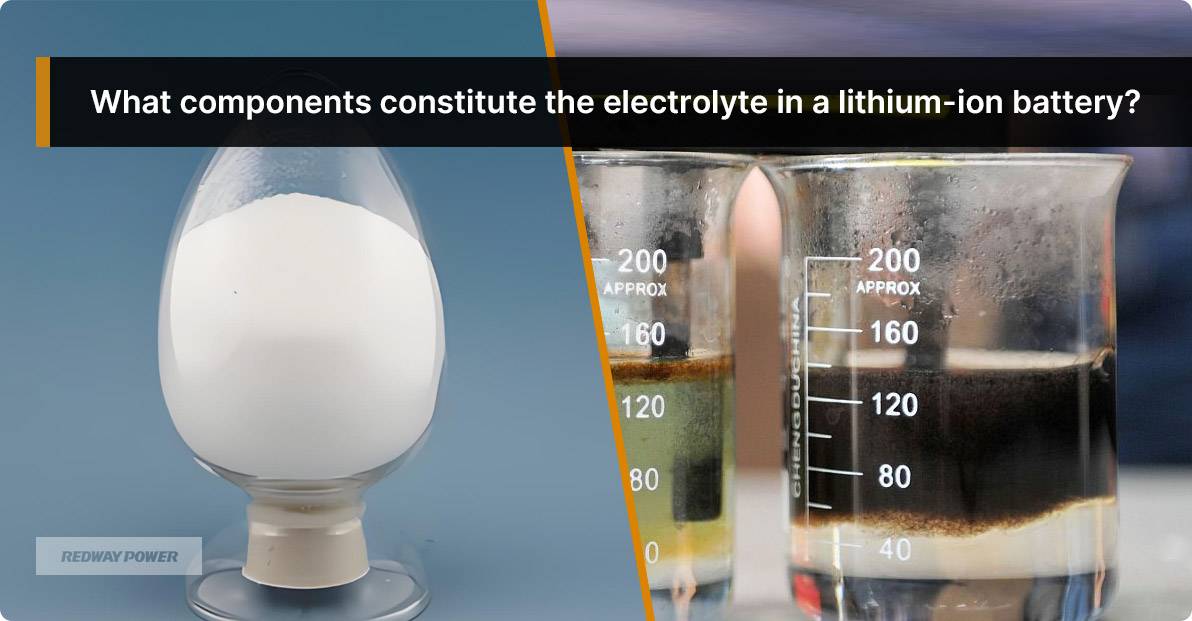
Why does electrolyte conductivity impact the power density of lithium-ion batteries?
Electrolyte conductivity is super important for lithium-ion batteries’ power. It helps ions move between battery parts faster, so they charge and discharge quicker. This means more power for things like electric cars and gadgets. Better conductivity equals better battery performance and longer life. So, making electrolytes conduct better boosts battery power for our tech needs!
Electrolyte conductivity plays a crucial role in determining the power density of lithium-ion batteries. The electrolyte acts as a medium for ion transport between the electrodes, affecting how efficiently energy is stored and released. Higher electrolyte conductivity allows ions to move more freely within the battery, improving its overall performance.
In lithium-ion batteries, higher conductivity means faster charging and discharging rates, leading to increased power output. This results in improved energy efficiency and better overall battery performance. A well-conducting electrolyte ensures that the battery can deliver power when needed without significant losses due to resistance.
By optimizing electrolyte conductivity, manufacturers can enhance the power density of lithium-ion batteries, making them more suitable for high-demand applications like electric vehicles or portable electronics. Maximizing conductivity leads to improved battery efficiency and longevity for various technological advancements in our daily lives.
How do non-flammable perfluoropolyether-based electrolytes enhance safety in lithium batteries?
Keep your lithium batteries safe with non-flammable perfluoropolyether-based electrolytes. Unlike regular ones, they won’t catch fire, making batteries safer for everyday use. These electrolytes also help batteries last longer and perform well in extreme temperatures, ensuring reliability when you need it most. Say goodbye to worries about battery safety with this innovative solution.
When it comes to keeping lithium batteries safe, there’s a special ingredient called non-flammable perfluoropolyether-based electrolytes. Let’s see how they work:
1. No Fire Worries: These electrolytes are like superheroes—they don’t catch fire, making batteries much safer for everyday use.
2. Stay Cool in Hot and Cold: Even in extreme temperatures, they keep batteries running smoothly, ensuring they’re reliable when you need them most.
3. Long-lasting Power: With these electrolytes, your batteries can last longer, so you don’t have to worry about running out of juice too soon.
With these cool features, non-flammable perfluoropolyether-based electrolytes are making our gadgets safer and more dependable than ever before!
What advantages does a MOF-based solid electrolyte offer for lithium-ion batteries?
Innovative MOF-based solid electrolytes could revolutionize lithium-ion batteries, making them safer and more efficient. These materials enhance stability, prevent issues like dendrite formation, and boost battery performance. They’re non-flammable, reducing fire risks, and enable faster charging. MOF-based electrolytes promise safer, longer-lasting batteries, marking a significant step forward in battery technology.
In the exciting world of battery technology, there’s a new player on the scene: MOF-based solid electrolytes. These fancy materials could make our lithium-ion batteries much safer and better. Here’s how:
1. Stability Boost: MOFs help batteries stay strong by preventing problems like dendrite formation, which can damage batteries over time.
2. Safety First: They’re non-flammable, which means they’re less likely to catch fire, making batteries safer to use.
3. Faster Charging: With MOFs, batteries could charge up quicker, giving us more time to enjoy our devices.
With these cool innovations, the future of batteries looks brighter and safer than ever before!
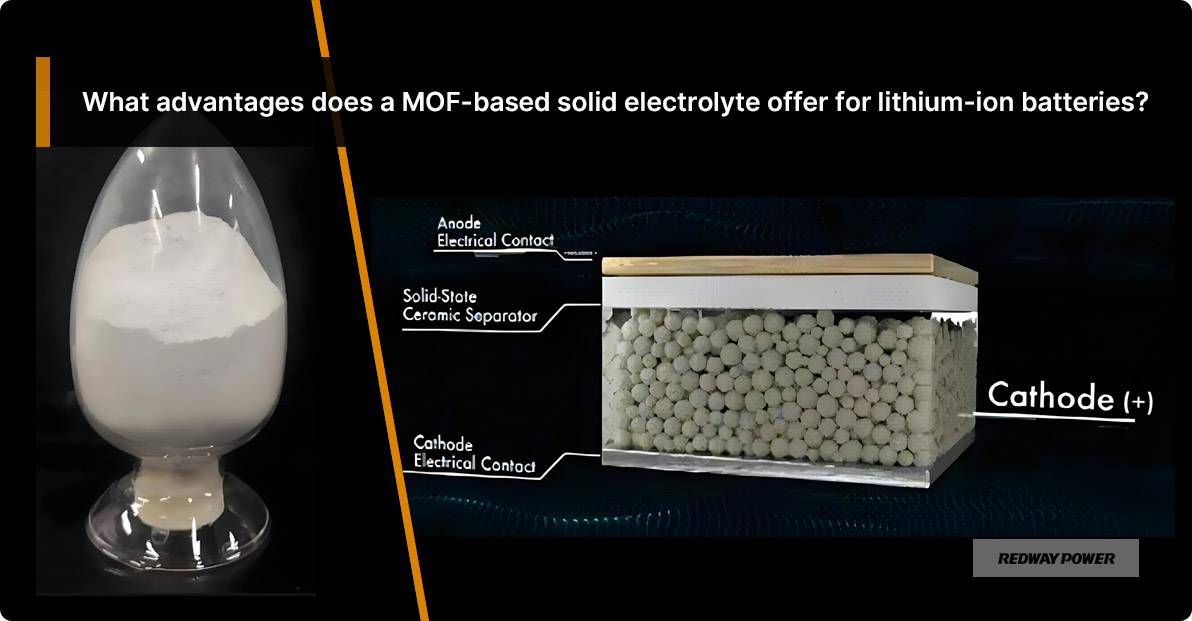
How can one create a lead-acid battery electrolyte solution?
Creating a lead-acid battery electrolyte solution involves mixing sulfuric acid with water in the right ratio. This boosts battery power. Advancements like lithium-ion batteries are also improving. Understanding electrolytes is key to better batteries. Safety is a top concern. Researchers are exploring safer options, like non-flammable electrolytes. This promises safer and more efficient energy solutions.
Creating a lead-acid battery electrolyte solution is like mixing ingredients for a recipe. You need sulfuric acid and water in the right amounts to make the battery work well. Scientists are always looking for new ways to make batteries better and safer. By using safer materials, like non-flammable electrolytes, batteries can be safer for everyone to use. So, next time you use a battery, know that science is making them better and safer for you!
1. Mixing Ingredients: To make a lead-acid battery work, scientists mix sulfuric acid and water just like you mix ingredients for baking a cake.
2. Making Batteries Better: Scientists are always trying to improve batteries to make them work better and last longer. They do experiments to find safer materials.
3. Safety First: Using safer materials, like non-flammable electrolytes, can make batteries safer for everyone to use.
Next time you use a battery, know that scientists are working hard to make them better and safer for you. So, charge up and enjoy your devices worry-free!

